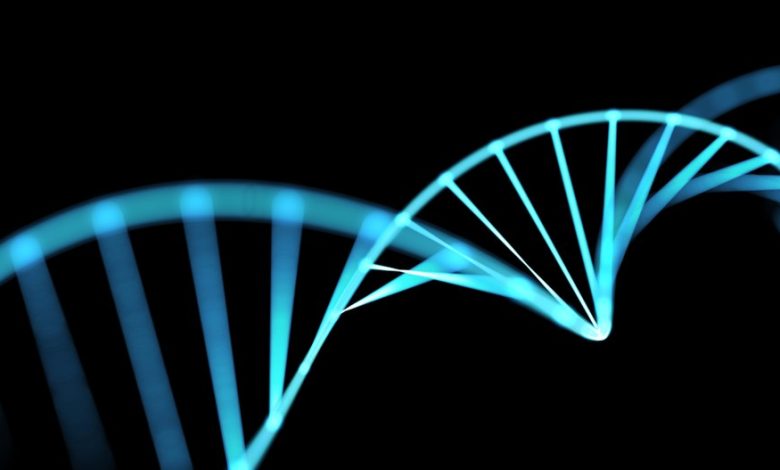Scientists discover that the use of small RNAs can significantly accelerate the healing process of skin wounds, while also reducing the formation of unsightly scars.

A groundbreaking study led by the University of Manchester in the UK has discovered that a specific class of molecules could potentially restore normal skin structure instead of causing scarring. These molecules, known as microRNA-29s, play a vital role in regulating gene expression and other cellular processes. The research, published in The American Journal of Pathology, suggests that microRNA-29s could be beneficial for patients with large or deep wounds that are prone to dysfunctional scarring. This discovery offers hope for finding a solution to the global issue of non-healing wounds, which is estimated to cost billions of pounds each year. Dr. Svitlana Kurinna, from the University’s Division of Cell Matrix Biology and Regenerative Medicine, led the investigation and explained that although microRNAs do not code for proteins, they can still regulate skin growth. The study revealed that microRNA-29s target and promote wound healing by regulating the regeneration of skin cells. Specifically, they bind to long RNA molecules, which carry instructions from our DNA, to produce a structural protein called laminin C2 (LAMC2). LAMC2 plays a crucial role in holding our cells together and maintaining the integrity and structure of tissues throughout the body, contributing to the restoration of normal skin structure. The researchers observed that when microRNA-29 was removed in transgenic mice, the wounds healed even better, with an increased deposition of LAMC2 around blood vessels. This suggests that microRNA-29 may inhibit the expression of LAMC2, and its removal allows for faster wound healing. The study also found evidence of LAMC2 deposition in human wounds, further supporting the potential benefits of targeting microRNA-29 and increasing LAMC2 expression for improved wound healing. Dr. Kurinna noted that the findings are particularly exciting because they describe a mechanism that restores normal skin structure rather than simply closing the wound with scar tissue. This could offer hope for patients with large or deep wounds that are prone to dysfunctional scarring.




